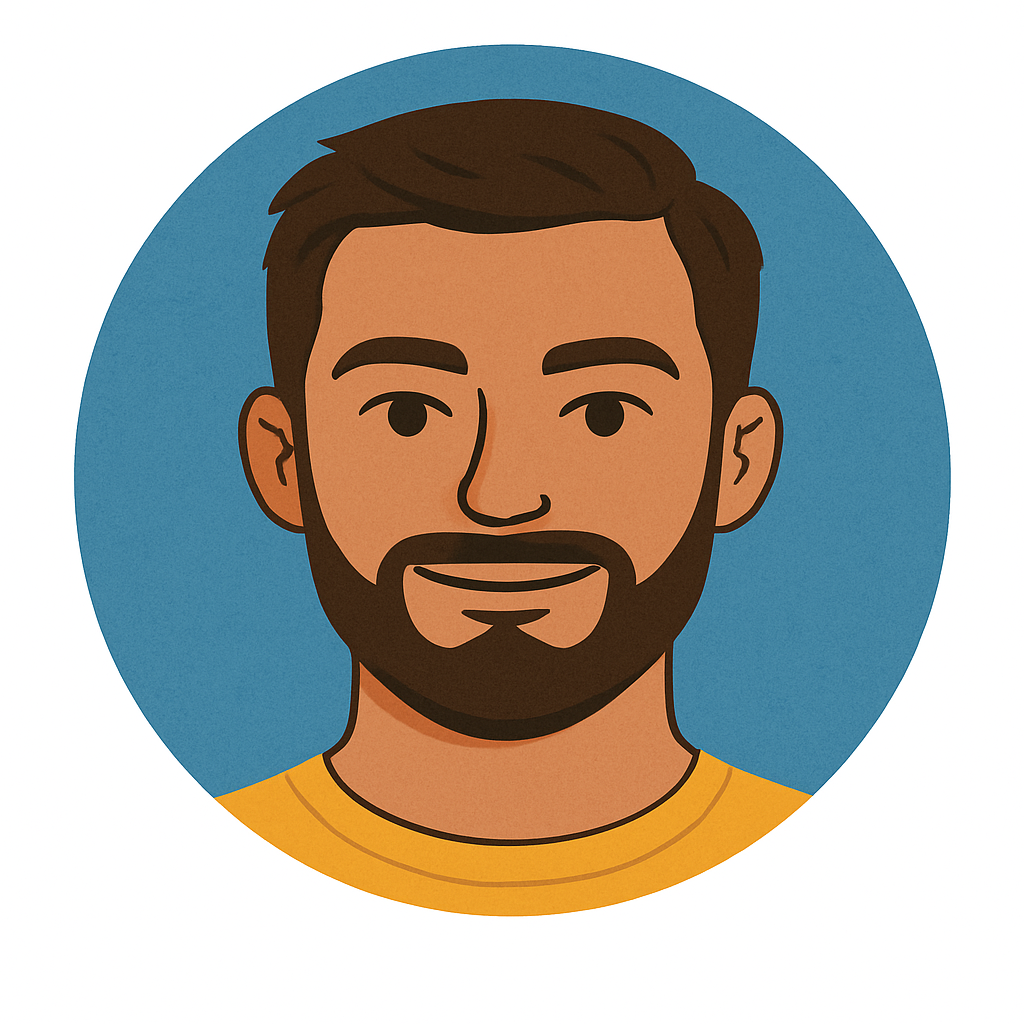Making Bitcoin Wallets Work for Everyone: My UX Research Adventure in Accessibility
In this article, I am going to walk through my journey as a UX Researcher at Bitcoin Design Team though Summer of Bitcoin ‘2023_

Introduction
Starting from May 15, 2023, my journey took an exciting turn as I kicked off a three-month internship as a UX Researcher with the Bitcoin Design team. My task? To make the user experience better for folks with visual disabilities, specifically by improving how they can efficiently use the Lightning wallet. This internship wasn’t just about gaining experience — it was an opportunity to contribute to a community that’s all about open-source teamwork in the fast-paced world of digital money and blockchain. Along the way, I discovered that this was more than just a job; it was a chance to explore how technology can be inclusive and make a real impact.
Problem Statement
This was a unique design challenge that allowed for complete creative freedom. It required participants to conduct research and deepen their understanding of accessibility. It’s worth noting that approximately 15% of the world’s population experienced visual disabilities, underscoring the importance of creating a Lightning wallet tailored to their needs.
Expected Outcomes
- Understand the user flow of a lighting wallet.
- Research UX design solutions for people with visual disabilities. (For example someone who has poor vision or who cannot distinguish between color differences).
- Design a lightning wallet with an onboarding flow and send flow for someone who is visually impaired. Resources
Bitcoin design guide
First Few Weeks
In the initial weeks, I dedicated myself to comprehending the intricate workings of Bitcoin and Lightning wallets. This phase involved immersive sessions where I delved into the nuances of these technologies. Alignment meetings with my mentor, Mo, provided invaluable insights, while our weekly Tuesday sessions with fellow participants offered a collaborative space to dissect Bitcoin’s historical evolution and its current landscape.
During this pivotal period, I meticulously outlined my timeline, carving out distinct milestones that guided my journey. Through conversations and interactions, I embarked on the exciting journey of initiating my UX process. This marked the inception of a dynamic phase where research, engagement, and strategic planning merged, propelling me forward in crafting a user experience that would resonate with the visually impaired community.
Milestones
- M1 : Onboarding
- M2 : Wallet Setup (Seed-Phrase & Wallet recovery)
- M3 : Transfer
Notable Achievements

The Theory of Cognitive Hierarchy : The concept of cognitive hierarchy within touch-based applications is a guiding force in devising solutions that cater to the needs of the visually impaired. Traditional hierarchy principles heavily rely on visual cues such as color, position, and spacing — elements that hold little relevance for those without sight. The innovation of cognitive hierarchy presents a groundbreaking approach to establishing order and structure in designs that are accessible and meaningful for visually disabled individuals.

The concept of simulating Braille on a flat display involves leveraging haptic technology to transform any conventional flat screen into a functional Braille display. By harnessing tactile feedback mechanisms inherent to the device, this innovation empowers visually impaired individuals to perceive Braille patterns on a screen, effectively bridging the gap between digital content and touch-based accessibility.

In our daily interactions with handheld devices, visual cues guide our experience. However, envision the interaction of a blind individual with the same technology — the display itself becomes redundant. Their interaction is centered around VoiceOver and haptic feedback, rendering the display akin to a blank canvas. The Blind Mode is a transformative solution that not only deactivates the non-utilized display but also facilitates navigation through VoiceOver and intuitive gestures. This innovation not only aligns with the unique needs of visually impaired users but also conserves energy in the process. When designing for the visually impaired, conventional principles such as color schemes and visual hierarchy take a back seat. These concepts, integral to typical design, are rendered irrelevant in this context, unveiling a design landscape that challenges conventional norms.
Helping hand
I am profoundly grateful to extend my sincere gratitude to my mentors: Mogashni Naidu, Cristopher Ono, and Gary (The Blind Bitcoiner) for their invaluable guidance and unwavering support throughout this journey. Gary, in particular, has been an instrumental figure, generously sharing his expertise, rigorously testing my solutions, and offering profound insights that have indelibly shaped my design decisions. Their collective wisdom has been pivotal in navigating the intricate challenges and opportunities within this project, and their contributions have been instrumental in the realization of my vision.
Conclusion
This was my quick walkthrough of what all I did as a UX researcher at
SoB’23. I’d be very interested in talking
more about these milestones specific to those theories in coming blogs.
If you’re reading till here.. here’s a cookie for you 🍪
My Portfolio : satyam.design
